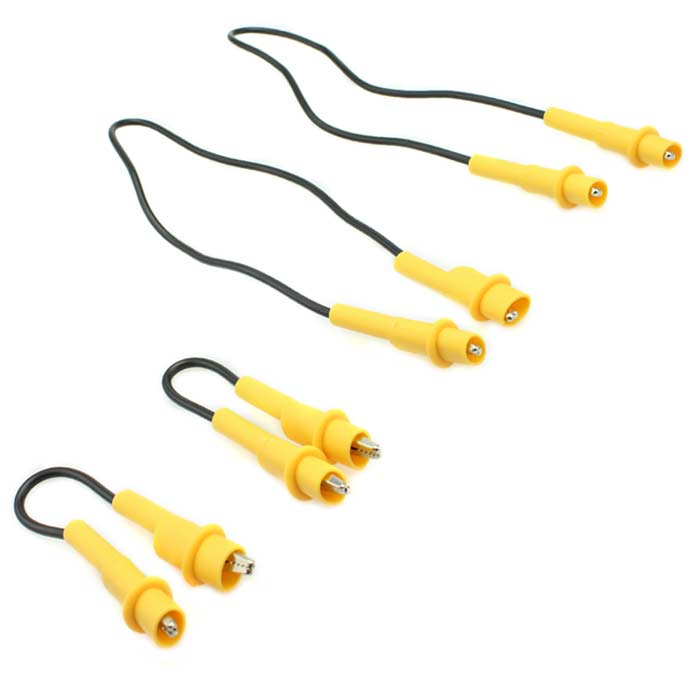When extending a ring final, and then testing R1+Rn and R1+R2, should this be done from the CU or a socket? Interested to know if there are any pros/cons. I’ve always done at the CU but a challenge I often encounter is that the wires are looped when removed from the terminals. This looped wire won’t slot into a wago and if I try straightening it out, it will break and sometimes there isn’t much length on the cable.
How do you connect these into a figure of 8 before going around the sockets with an MFT?
Thanks in advance.
How do you connect these into a figure of 8 before going around the sockets with an MFT?
Thanks in advance.



